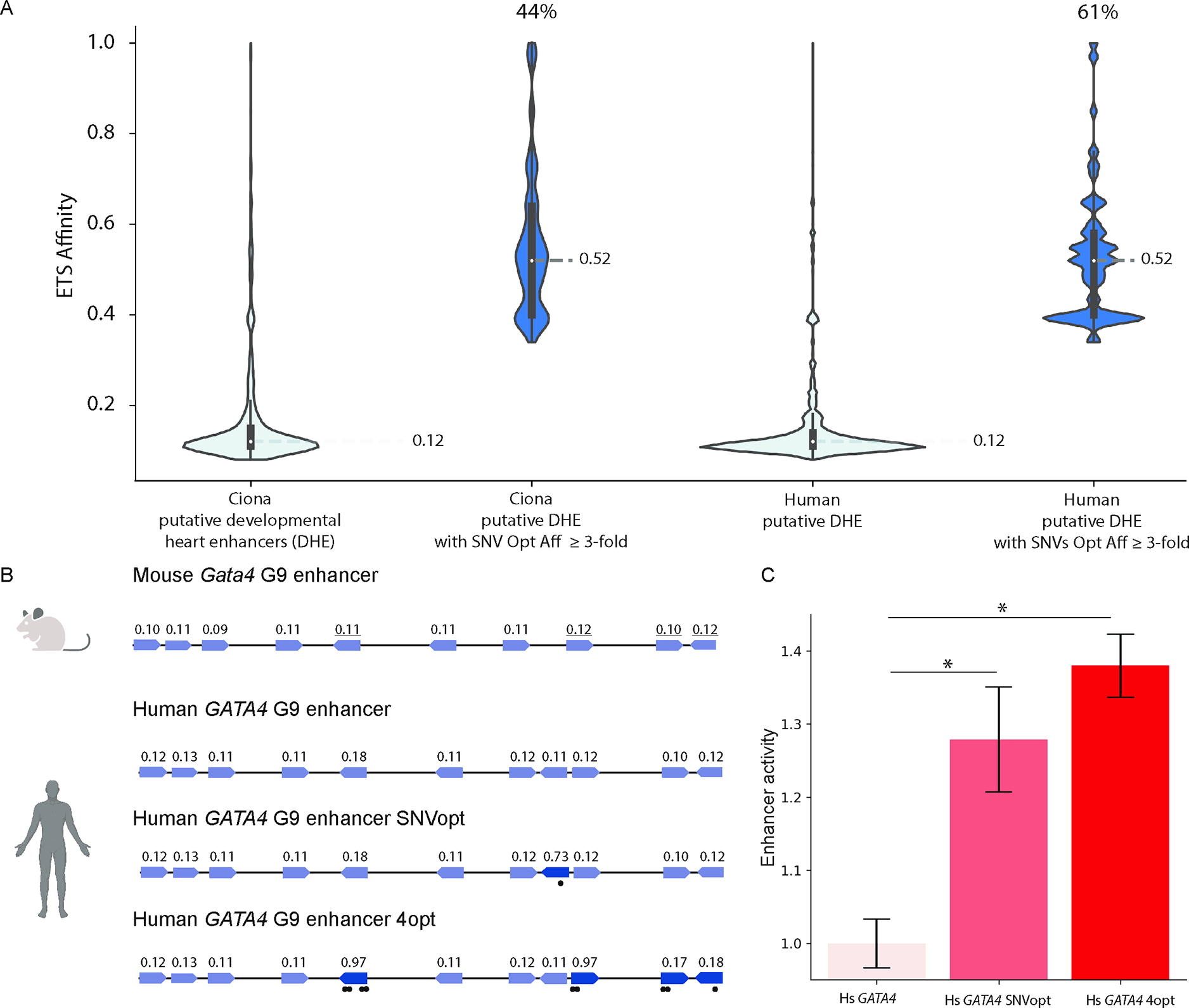Figure 4. Low-affinity ETS binding sites are prevalent within developmental heart enhancers and affinity-optimizing SNVs lead to gain-of-function expression in human iPSC-CMs.

A. Violin plots in light blue of ETS site affinities within Ciona and human putative DHEs. 44% of Ciona DHEs and 61% of human DHEs contain an ETS site in which a SNV can increase ETS affinity ≥3-fold. Dark blue violin plots show distributions of the affinity-optimizing SNVs. B. Schematics of human and mouse Gata4 enhancers show high conservation of low-affinity ETS sites. Sites with underlined affinities mark functionally validated ETS sites in mouse35. GATA4 G9 enhancer SNVopt harbors a SNV that increases relative affinity from 0.11 to 0.73. GATA4 G9 enhancer 4opt has four ETS sites with increased affinity. C. Hs GATA4, Hs GATA4 SNVopt and Hs GATA4 4opt enhancer activity as measured by reporter assay in human iPSC-CMs. Data are represented as mean ± SEM. * p<1e-5. See also Table S2.
